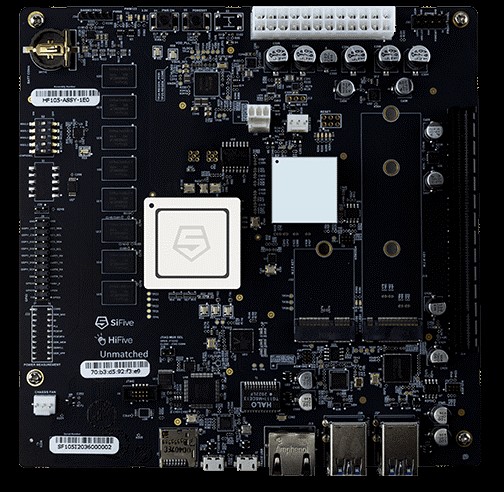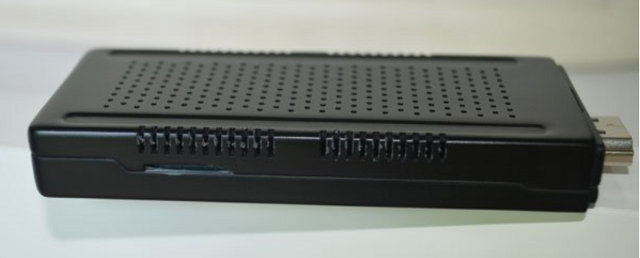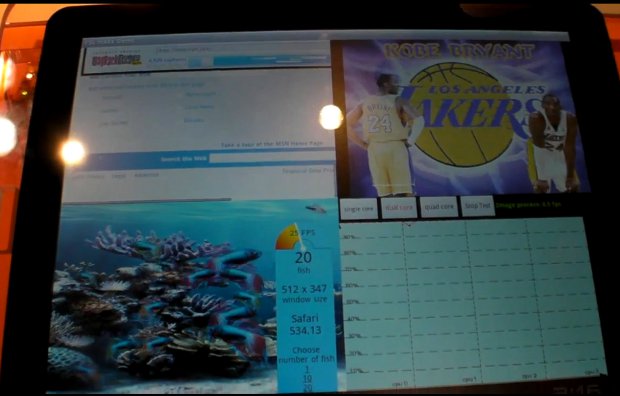When it comes to RISC-V based SoC, SiFive has always set a benchmark in the RISC-V ecosystem. On 29th October 2020, SiFive confirmed the first-ever RISC-V PC. After an increased demand for AI-focused RISC-V microarchitecture, targeting all applications from artificial intelligence, the internet of things, high-performance computing, and now even desktop PCs. SiFive Freedom U740 powered HiFive Unmatched mini-ITX motherboard comes with a complete development environment which allows developers to create RISC-V based applications from bare-metal to Linux-based systems. “HiFive Unmatched ushers in a new era of RISC-V Linux development with a platform in a PC form factor. Powered by the SiFive Freedom U740, a high-performance multi-core, 64-bit dual-issue, superscalar RISC-V processor.”, SiFive says. It is the world’s fastest native RISC-V development platform. SiFive HiFive Unmatched Board At the heart of the SiFive board is a SiFive FU740 processor coupled with 8 GB DDR4 memory and 32 MB SPI Flash. It […]
Dual Core Rockchip RK3066 mini PC Now Available for $88.88
Yesterday, I wrote about the first proper dual core Cortex A9 mini PC based on Rockchip RK3066, but it seemed only available to wholesalers, and I was not really sure it was ready for prime time. But today, one of my reader (Anders) pointed to a vendor selling the device on Aliexpress, and I found out it was sold for the lucky price of $88.88 + shipping. The picture above (Source: Aliexpress) is the first I’ve seen that looks real, and makes me feel a bit better about this device. The specs listed in Aliexpress are basically the same as I posted yesterday, except we learn that the Wi-Fi chip is Ralink Realtek 8188, more codecs are listed (but I would not read too much into that), and the casing has gone on a diet and shrunk to 8.8 * 3.5 * 1.2cm (vs 10.1 x 3.8 x 1.3cm yesterday). […]
LinuxCon North America 2012 Schedule
LinuxCon (North America) 2012 will take place on August 29 – 31, 2012 at Sheraton Hotel & Marina, in San Diego, California. The event will be co-located with the Linux Kernel Summit, the Linux Plumbers Conference, and CloudOpen 2012. LinuxCon consists of 3 days of keynotes, business and developers related sessions as well as tutorials. There will be over 80 sessions and keynotes during those 3 days. I’ll highlight a few sessions that I find particularly interesting and related to embedded Linux, software development and ARM. August 29 10:45 – 11:30 – Life After BerkeleyDB: OpenLDAP’s Memory-Mapped Database by Howard Chu, Symas Abstract: OpenLDAP’s new MDB library is a highly optimized B+tree implementation that is orders of magnitude faster and more efficient than everything else in the software world. Reads scale perfectly linearly across arbitrarily many CPUs with no bottlenecks, and data is returned with zero memcpy’s. Writes are on […]
Use GNU Parallel to Speed Up Script Execution on Multiple Cores and/or Machines
I attended BarCamp Chiang Mai 5 last week-end, and a lot of sessions were related to project management, business apps and web development, but there were also a few embedded systems related sessions dealing with subjects such as Arduino (Showing how to blink an LED…) and IOIO board for Android, as well as some Linux related sessions. The most useful talk I attended was about “GNU Parallel”, a command line tool that can dramatically speed up time-consuming tasks that can be executed in parallel, by spreading tasks across multiple cores and/or local machines on a LAN. This session was presented by the developer himself (Ole Tange). This tool is used for intensive data processing tasks such as DNA sequencing analysis (Bioinformatics), but it might be possible to find a way to use GNU Parallel to shorten the time it takes to build binaries. Make is already doing a good job at […]
Freescale i.MX6 Quad-Core Benchmark Demo
Freescale is showcasing the performance of their Quad Core ARM Cortex-A9 i.MX6 Quad processor at ARM Techcon 2011. The Freescale i.MX6 reference design runs a demo in Android 3.x (Honeycomb) with four windows: JPEG Decoding Window Web browser rendering and scrolling HTML5 Fish tank CPU Usage real-time chart The 3 windows used for the benchmark are all using software processing (no GPU involved) to show to performance improvement by moving from 1 to 2 and finally 4 cores. The benchmark results are quite impressive as with one core JPEG decoding is about 0.6 frame per second and with 4 cores it can decode 4.2 frames per seconds while other windows also show performance improvement. Freescale says there was little modifications done to make the software work on four core and you don’t even need to have multi-threaded applications to take advantage of 4 cores as the OS will usually take […]







